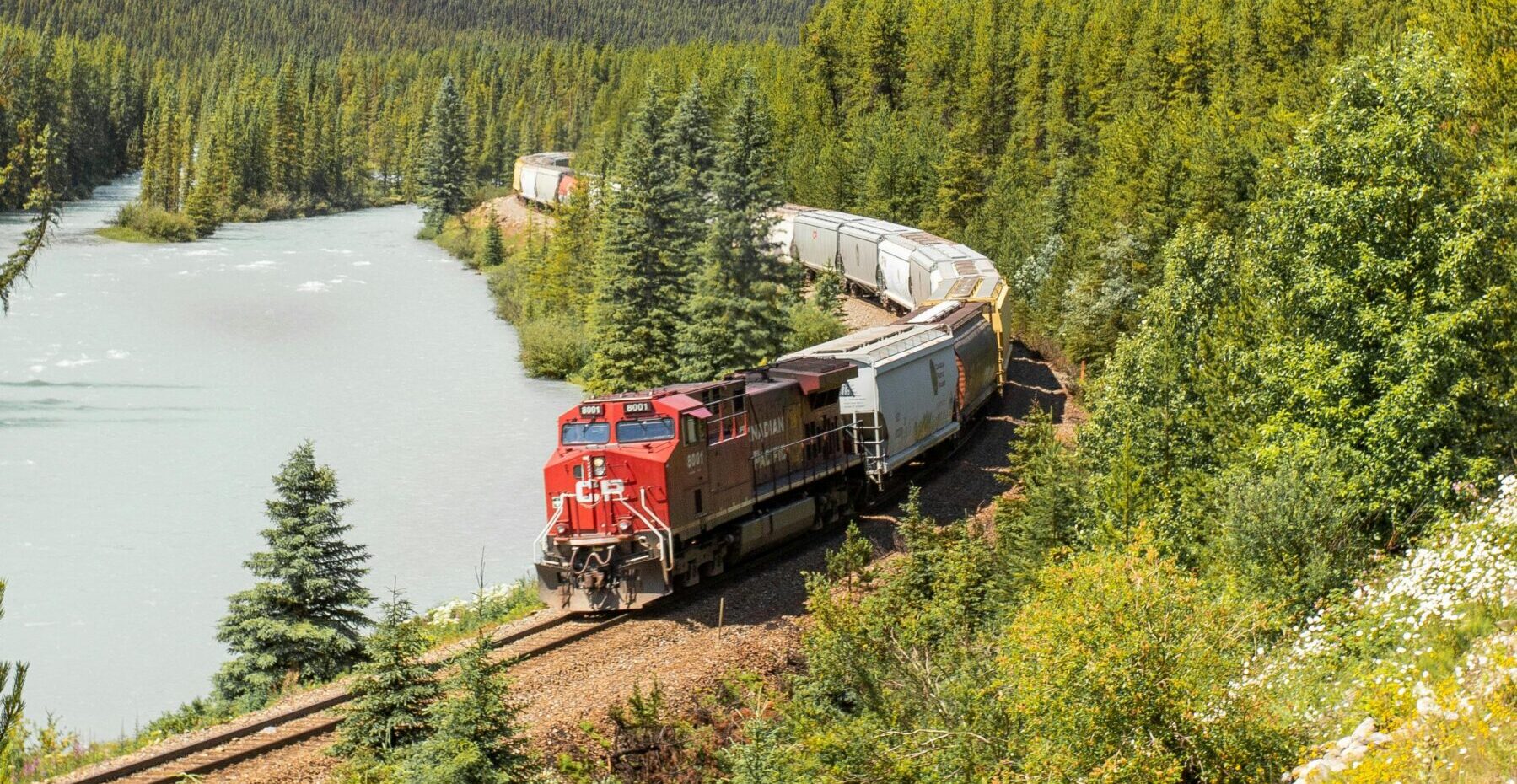Trains across Canada came to a standstill after Canadian National Railway (CN) and Canadian Pacific Kansas City (CPKC) locked out over 9,000 employees. The lockout marks a significant escalation in a labour dispute that has been brewing for nearly a year, with profound implications for Canada’s economy, commuters, and the broader North American supply chain.
The lockout follows months of tense and fractious negotiations between the two rail giants and the Teamsters Canada Rail Conference (TCRC), which represents the affected workers. Despite numerous bargaining sessions and attempts to reach a consensus, the parties remained deadlocked on several key issues. The TCRC accused CPKC of attempting to weaken worker protections against fatigue, a claim the company has vigorously denied, stating that their proposals did not compromise safety.
At the heart of the dispute lies a fundamental disagreement over work conditions. The union claims that CN sought more authority to relocate workers across Canada. CN countered this by insisting that any relocations would be voluntary, and necessary for maintaining operational efficiency.
The federal government has thus far resisted calls to intervene by imposing binding arbitration, despite pressure from both the railways and business groups. Labour Minister Steven MacKinnon has met with both sides several times, but a resolution remains elusive.
The ramifications of the lockout are immediate and far-reaching. In major cities like Vancouver, Toronto, and Montreal, more than 30,000 daily commuters who rely on certain rail lines for transportation found themselves stranded. VIA Rail has already lost a critical route through Sudbury, exacerbating the disruption for travelers.
For businesses, the lockout could be devastating. Nearly half of Canada’s exports rely on rail transport, and with the network paralyzed, the movement of goods has ground to a halt. Essential commodities, such as food products and chlorine for water treatment, are now at risk of severe shortages, as these goods cannot be easily transported by other means.
The economic impact is staggering. The Railway Association of Canada estimates that over $1 billion worth of goods are moved by rail daily. With each passing day of the lockout, the potential economic damage multiplies, with some experts predicting losses in the tens of millions of dollars per day. While a short-term disruption may be recoverable, the longer the lockout drags on, the more difficult it will be for businesses to catch up, leading to potential layoffs, supply shortages, and a ripple effect across the economy.
As the lockout continues, pressure is mounting on the federal government to intervene. Finance Minister Chrystia Freeland expressed deep concern over the situation, calling it “totally unacceptable” for Canada to “sabotage ourselves” at a time when the economy is still recovering from recent challenges. Freeland emphasized the need for both sides to reach a deal quickly, warning that the economic progress made in recent years could be undone if the dispute is not resolved.
Prime Minister Justin Trudeau echoed these sentiments, urging both the railways and the union to continue negotiating in good faith. “It is in the best interest of both sides to continue doing the hard work at the table to find a negotiated resolution,” Trudeau said, reflecting the government’s desire to avoid direct intervention unless absolutely necessary.
However, with businesses already feeling the pinch and no end in sight, the possibility of federal intervention looms larger by the day. Should the dispute continue to escalate, the government may be forced to legislate an end to the lockout and order the workers back to their jobs, a move that has precedent but is typically seen as a last resort.
As the standoff continues, both CN and CPKC have reiterated their commitment to resolving the dispute through binding arbitration, a process they argue would be fair and effective. However, the TCRC remains firm in its demands, and there is little indication that either side is willing to compromise at this stage.
The lockout has thrown Canada’s rail network into disarray, and the longer it persists, the more severe the consequences will be. With both sides entrenched in their positions and the government hesitant to intervene, Canadians are left to brace for the fallout from a labour dispute that shows no signs of ending soon.
For now, the country waits as one of its most critical transportation infrastructures lies idle, its future uncertain.

